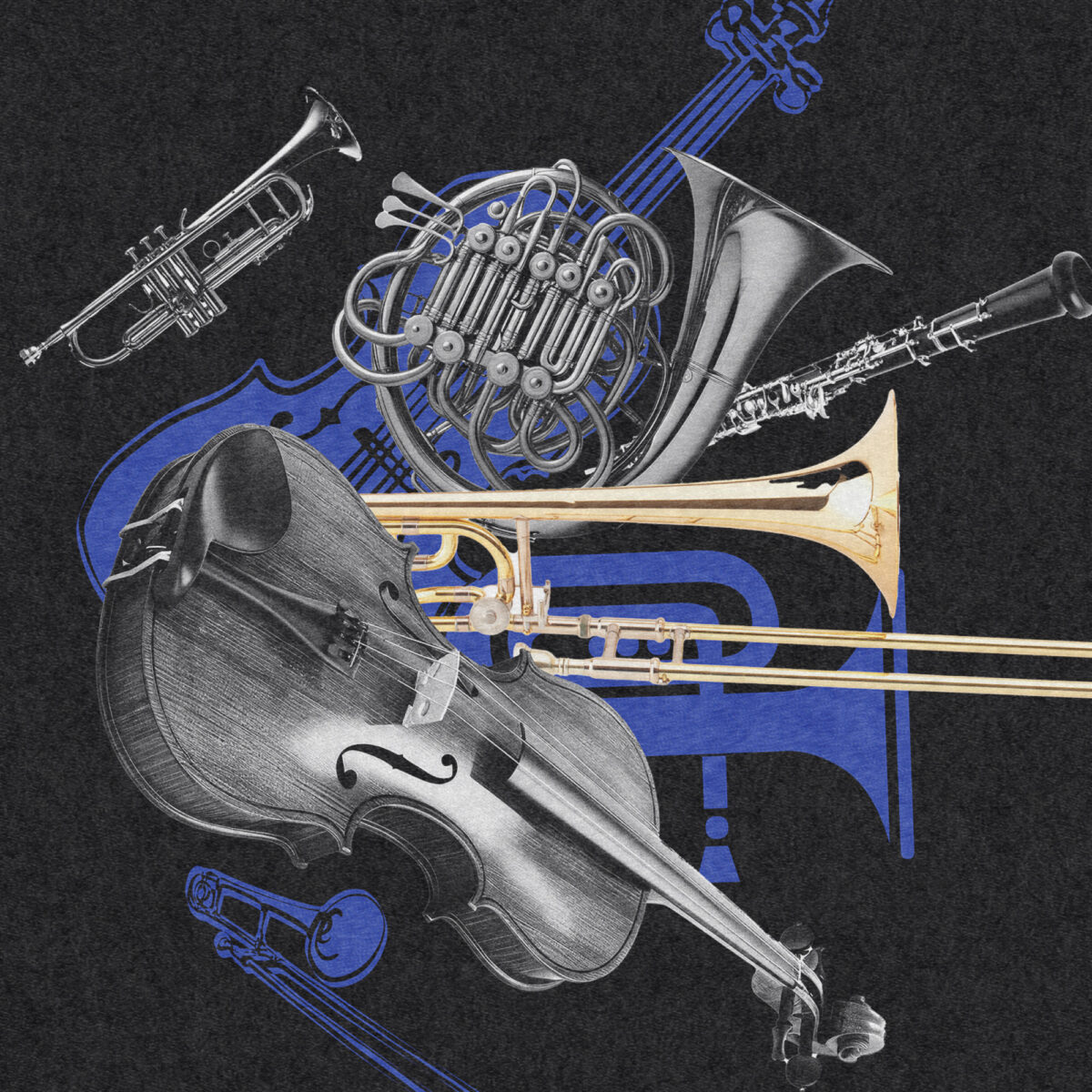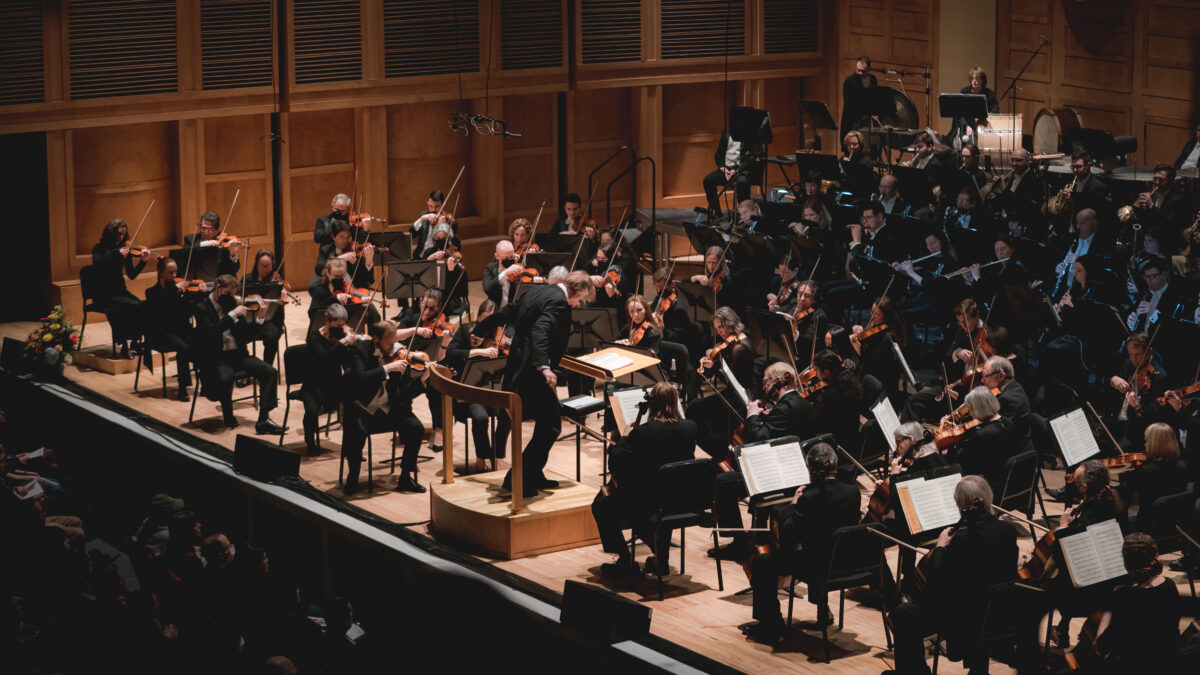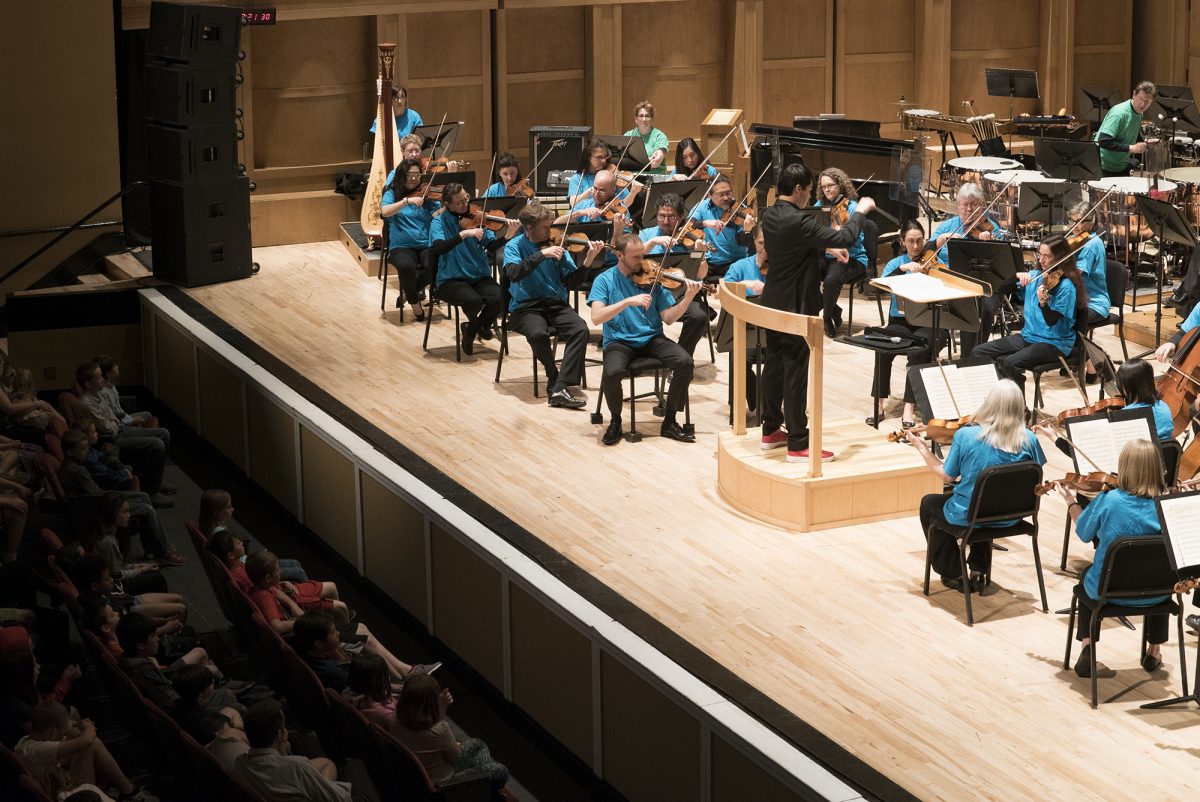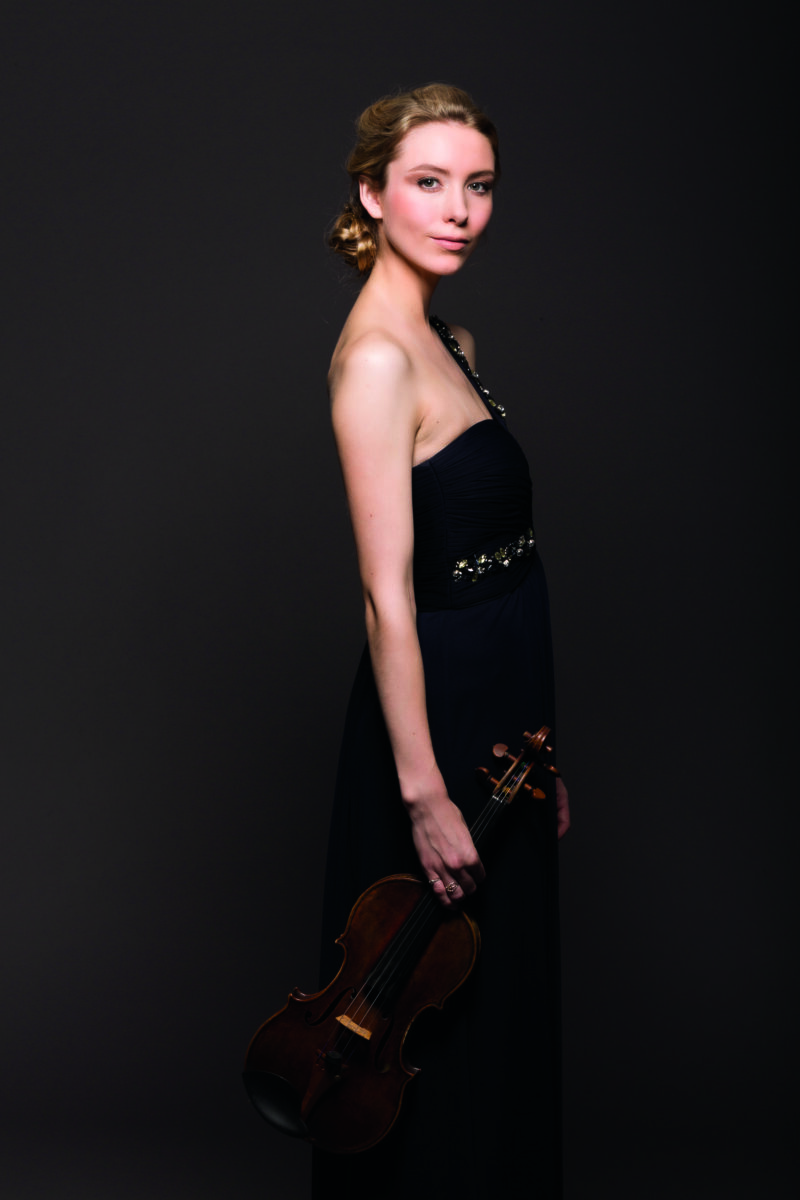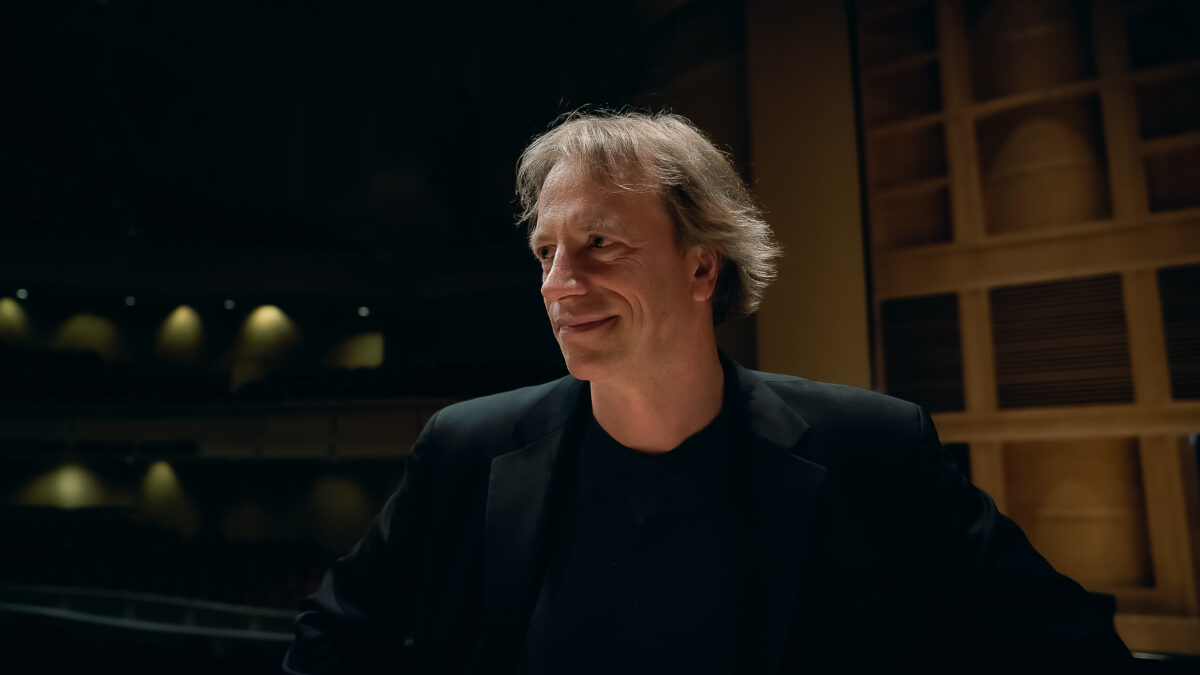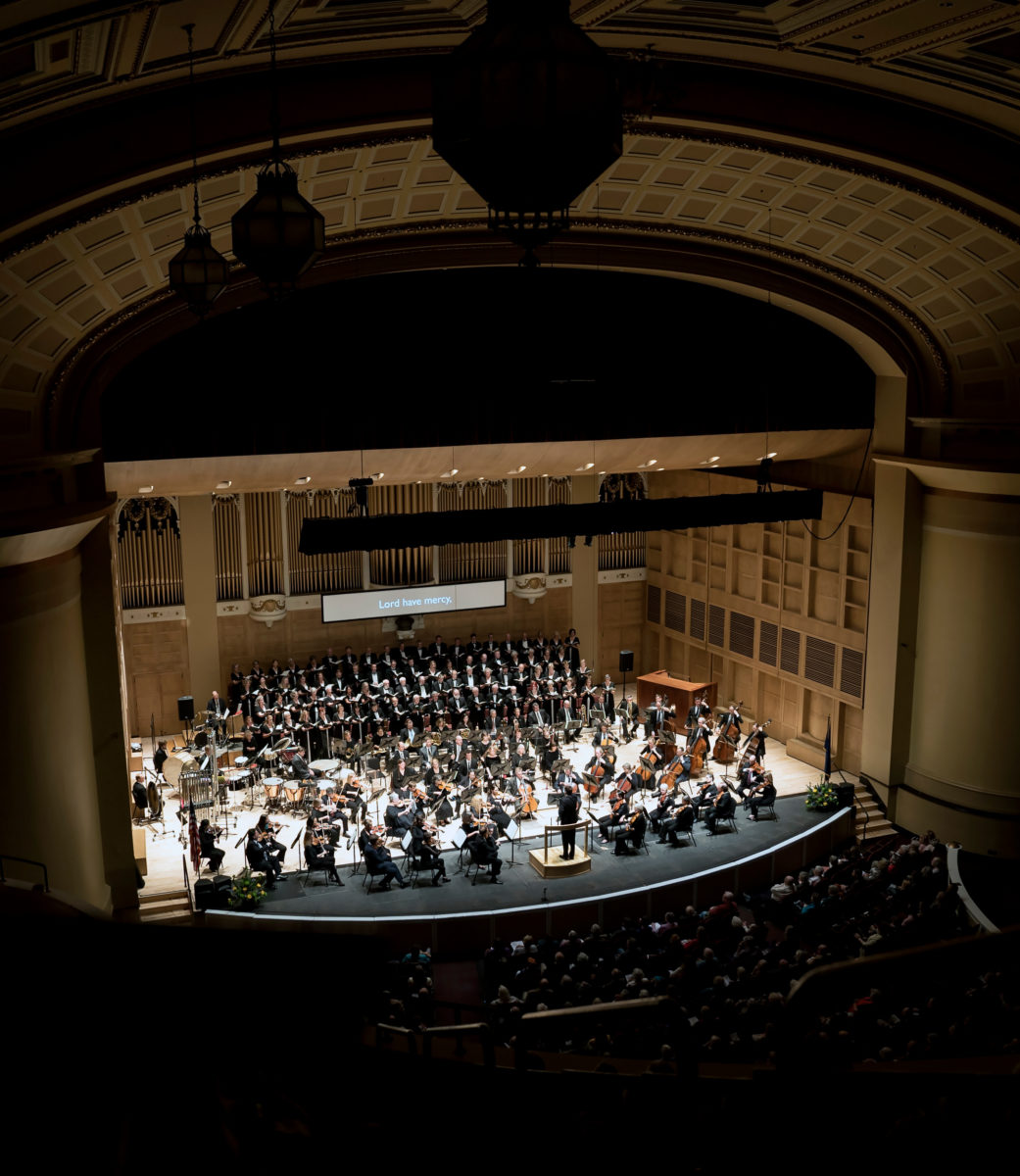American Beats Program Notes
Leonard Bernstein
Overture to Candide
Leonard Bernstein was born in Lawrence, Massachusetts in 1918 and died in New York City in 1990. He composed his operetta Candide in 1955-56 and the first performance took place in New York in 1956 under the direction of Samuel Krachmalnick. Bernstein revised the work in 1988. The first performance of the Overture as a concert piece was with the New York Philharmonic under the direction of the composer in 1957. The score calls for 3 flutes, piccolo, 2 oboes, 4 clarinets, bass clarinet, E-flat clarinet, 3 bassoons, contrabassoon, 4 horns, 3 trumpets, 3 trombones, tuba, timpani, percussion, harp, and strings.
When Lillian Hellman asked Leonard Bernstein to compose incidental music for a new version of Voltaire’s “Candide,” Bernstein turned the tables on her: why not make Candide a comic operetta? Hellman agreed and supplied the libretto. Thus began the history of a show filled with almost as many comic and not-so-comic misadventures as those suffered by the title character himself.
The original production was a flop. The critics loved the music but hated the show, largely because they found Hellman’s libretto “too serious.” Without Bernstein—and without Hellman’s book, since she refused further permission to use it—several revivals took place over the course of the next three decades. The work passed through the hands of multiple directors, choreographers, and stage designers, while an astonishing list of writers had a hand in the libretto at one time or another. Finally, in 1988 Bernstein himself revisited the work and created his “final, revised version,” restoring most of the original music and setting the tone he preferred. None of these revivals found anything like the success Bernstein enjoyed with West Side Story.
But the Overture, laced with tunes from the show, was instantly popular and has become the most widely performed piece by Bernstein. It opens with a brash fanfare for the brass and percussion that leads right into an incredibly off-kilter theme from the wedding of Candide and Cunegonde—a frenetic ceremony interrupted by a war in Westphalia. The warm and lovely tune that follows in the low strings is “Oh, Happy We”—a love duet in seven beats to the bar. After a reprise and a full stop we hear the music from the song “Glitter and Be Gay,” for which the term “perky” must have been invented. Those who are of A Certain Age will recall this as the theme music for Dick Cavett’s television show.
If orchestral music can “glitter and be gay,” the Overture to Candide surely does. In a mere four minutes it is witty, tender, exhilarating, spectacularly colorful—and an orchestral tour de force that is devilishly hard to play. A better curtain-raiser was never composed.
-Mark Rohr
********
John Corigliano
Conjurer: Concerto for Percussion and Orchestra
Valentin Silvestrov was born in 1937, in Kyiv, Ukrainian Republic, and now lives in Berlin. The Messenger was written in 1996-1997 and is scored for a small orchestra of strings, with piano and recorded wind sounds.
Cadenza, Movement I: WOOD
Cadenza, Movement II: METAL
Cadenza, Movement III: SKIN
When asked to compose a percussion concerto, my only reaction was horror.
All I could see were problems. While I love using a percussion battery in my orchestral writing, the very thing that makes it the perfect accent to other orchestral sonorities makes it unsatisfactory when it takes the spotlight in a concerto.
For starters, a percussionist plays dozens of instruments. Again, this is wonderful if his role is to color an orchestral texture: but if he (or she) is the main focus, it is terrible. The aural identity of the player is lost amid the myriad bangs, crashes, and splashes of the percussion arsenal. Only the visual element of one person playing all these instruments ties them together.
In addition, most of the instruments have no pitch at all (or very little), and don’t sustain a sound (like a violin or trumpet).
As a result, most percussion concerti I have heard sound like orchestral pieces with an extra-large percussion section. The melodic interest always rests with the orchestra, while the percussion plays accompanying figures around it.
Of course, one could limit oneself to writing for keyboard percussion: marimba or vibraphone, for example. Many concertos have been written like this, and the combination of using an instrument with definite pitches and restricting oneself to one instrument does focus the work on a single soloist.
I thought of all of this as I sat down to discuss my writing a percussion concerto. Obviously I had more than mixed views about this project, but something about the challenge fascinated me, too.
Many of my works begin this way. I pose a problem and write a piece as the solution. In this case, the problem is the following: How do I write a concerto for a solo percussionist playing many different instruments in which the soloist is always clearly the soloist (even with your eyes closed), and how do I write a concerto in which there are real melodies –and those melodies are introduced by the percussionist, not the orchestra?
I) WOOD
The pitched wood instruments are the xylophone and marimba. To supplement this, I constructed a “keyboard” of unpitched wooden instruments (wood block, claves, log drum, etc.) ranging from high to low and placed it in front of the marimba. The soloist could play pitched notes on the marimba and then strike unpitched notes on the wooden keyboard.
The initial cadenza starts with unpitched notes, but gradually pitched notes enter and various motives are revealed as well as ideas based upon the interval of a fifth. This interval will run through the entire concerto as a unifying force. After a climactic run, the orchestra enters, developing the 5th interval into a rather puckish theme. Soloist and orchestra develop the material and build to a climactic xylophone solo, and finally return to the opening theme.
II) METAL
The cadenza is for chimes (tubular bells) accompanied by tam-tams and suspended cymbals. It is loud and clangorous, with the motivic 5ths clashing together. The movement itself, however, is soft and long lined. The melody that will end the movement is introduced in the low register of the vibraphone, and the movement develops to a dynamic climax where the chimes return, and then subsides to a soft texture in the lower strings as the struck/bowed vibraphone plays its melody.
III) SKIN
The skin cadenza features a “talking drum” accompanied by a kick drum. The talking drum is played with the hands, and can change pitch as its sides are squeezed. Strings connect the top and bottom skins, and squeezing stretches them tighter – and raises the pitch. It provides a lively conversation with a kick drum: a very dry small bass drum played with a foot pedal and almost exclusively used as part of a jazz drum set. This cadenza starts slowly, but builds to a loud and rhythmic climax.
The movement then begins with the soloist and orchestra playing a savage rhythmic figure that accelerates to a blinding speed. A central section brings back the 5ths against a pedal timpanum that is played with the hands in a “talking drum” style. The accelerando returns, and leads to a wild and improvised cadenza using all the drums and a virtuoso finish.
Once it was complete, it occurred to me that the piece’s cadenza-into-movement form characterizes the soloist as a kind of sorcerer. The effect in performance is that the soloist doesn’t so much as introduce material as conjure it, as if by magic, from the three disparate choirs: materials which the orchestra then shares and develops; hence, the title CONJURER.
– John Corigliano
********
Aaron Copland
Four Dance Episodes from Rodeo
Aaron Copland was born in Brooklyn in 1900 and died in Peekskill, New York in 1990. He composed the ballet Rodeo on a commission from the Ballet Russe de Monte Carlo in 1942 and it was first performed at the Metropolitan Opera House, New York, the same year. Copland extracted the suite in 1943, expanding the orchestration slightly, and it was given its first performance the same year by the Boston Pops led by Arthur Fiedler. The score calls for 3 flutes, 2 piccolos, 2 oboes, English horn, 2 clarinets, bass clarinet, 2 bassoons, 4 horns, 3 trumpets, 3 trombones, tuba, timpani, percussion, harp, celeste, piano, and strings.
After the great success of his Billy the Kid, Aaron Copland wasn’t particularly interested in composing “another cowboy ballet” despite the many invitations he had to do so. But one of those invitations came from a friend, choreographer Agnes de Mille, who described to him a ballet that would be “The Taming of the Shrew—cowboy style.” Copland realized that this promised a significant departure from his previous work and—after a bit of persuasion—he signed on to the project.
Though it is set among the swaggering cowboys and flirting ladies of the American Southwest, the theme of Rodeo is timeless: the ritual of courtship. The pre-feminist scenario centers on the Cowgirl, a tomboy who seeks the attentions of the Head Wrangler by showing off her own cowboy skills during the intermission of a rodeo. She manages only to annoy him, and as twilight falls she is left without a date for the Saturday night dance at the ranch house. She flees the dance in tears, consoled by the Champion Roper. When she reappears she is wearing a beautiful red dress and bows in her hair. The crowd gapes and the cowboys vie for her attention as she consents to dance the wildly exuberant hoedown with the Head Wrangler. As the music slows the Wrangler approaches her for a kiss, but the Roper pulls her away and claims her for his own.
The Four Dance Episodes from Rodeo contains nearly all the music from the ballet save for the very short “Ranch House Party” and the music that originally connected the various sections together. And while Copland was sometimes coy about his use of folk materials in his works, in Rodeo they are front-and-center and almost always complete. We hear “If He’d Be a Buckaroo” and “Sis Joe” in Buckaroo Holiday, “I Ride an Old Paint” in Saturday Night Waltz, and the fiddle tunes “Bonyparte’s Retreat” and “McLoed’s Reel” in Hoedown.
The brash opening of Buckaroo Holiday is the ballet’s miniature overture; the curtain rises on the softer music that is associated with the Cowgirl, and as it speeds up we hear her bumpy ride on a bucking bronco. Loud rim shots announce the arrival of the cowboys, and from here the music expands in a nearly symphonic fashion, with the opening motto and the Cowgirl music its themes. Alert listeners may catch “If He’d Be a Buckaroo” in three-part canon along the way!
In the bittersweet Corral Nocturne the once-brassy Cowgirl is now lovesick and lonesome. “She runs,” de Mille wrote, “through the empty corrals intoxicated with space.”
After a vigorous tuning-up from the orchestra, the cowboys and ladies pair off in Saturday Night Waltz, where Copland turns “I Ride an Old Paint” into a “Texas minuet.”
Hoedown explodes to life, strutting and stomping with sheer vitality. The music comes to us in episodes, including a trombone-led slowing down that leads to the lovers’ kiss—whereupon the hoedown returns and whirls breathlessly to the end.
– Mark Rohr
********
George Gershwin
Catfish Row: Symphonic Suite from Porgy and Bess
George Gershwin (born Jacob Gershwine) in 1898 in Brooklyn, New York. He died of a brain tumor in 1937 in California. Catfish Row was first heard in 1936 in Philadelphia and should not be confused with a similar suite arranged by Robert Russell Bennett that premiered 7 years later. Gershwin’s Catfish Row is scored for 2 flutes and piccolo, 2 oboes and English Horn, 4 clarinets and bass clarinet, 1 bassoon, 3 horns, 3 trumpets, 3 trombones, tuba, timpani, percussion, piano, banjo and strings.
Though composer George Gershwin lived only thirty-eight years, he left a rich trove of works that are central to American music. Rhapsody in Blue, An American in Paris, the Concerto in F for Piano and Orchestra, and Porgy and Bess appear constantly on the programs of orchestras and opera companies throughout the western world. Shows he wrote for Broadway in the 1920’s and 30’s still turn up there a century later. And anyone who loves the American Songbook loves Gershwin’s songs, which anchor our early 20th Century popular repertoire.
Gershwin’s enormous talent took him from humble work demonstrating songs in New York City to writing music for Broadway and Hollywood and for the concert hall. Eminent teachers and composers including Nadia Boulanger, Maurice Ravel and Arnold Schönberg refused to teach him, fearing they would dilute his great natural gifts. A life cut short, in this case by a brain tumor, leaves us to wonder what might have been. Another great opera? Film scores to rival John Williams? That elusive beast the Great American Symphony?
In fact, Gershwin’s greatest gifts were for melody and drama, and he responded most convincingly to the words of a lyric (often by his brother Ira). His concert works, popular as they are, stumble sooner or later into repetition and aimlessness. With Catfish Row we have the best of both worlds: a bouquet of the great melodies from his only opera, dressed in brilliant orchestral colors.
I. Catfish Row. The title refers to the squalid waterfront neighborhood that is the setting for the opera. This suite begins as the opera does, with thrilling virtuoso writing for the full orchestra. The xylophone is featured. The mood is not so much festive as over-excited. There are shadows. Life is hard for these people. An extended piano solo leads to the opera’s hit tune, Summertime, a lullaby, featuring violin and oboe solos substituting for the The scene closes with a brief reference to the music for the Craps game that results in a murder.
II. Porgy Sings. Porgy is a person with disabilities who nonetheless is fully integrated into this community and functions a bit as its conscience, though he is not exempt from the violence that pervades life here. The songs are “I Got Plenty o’ Nuttin’” followed by “Bess, You is My Woman Now” in which the title characters realize that their lives are becoming increasingly intertwined.
III. Fugue. This brutal, driven music surely inspired Leonard Bernstein’s music for the fight sequences in West Side Story, written 20 years after Porgy and Bess. Here the music depicts another murder, this one committed by Porgy.
IV. Hurricane. Again, virtuoso writing for the orchestra, depicting the vulnerability of this waterfront community to the weather. In fact, key characters will be horribly affected by this storm and its aftermath.
V. Good Morning, Sistuh. Beginning with the prelude to Act 3, this section brilliantly depicts the heat and languor that follow a storm, as the neighborhood begins to put itself together. Various characters reappear, including Porgy, returned from jail. The action moves swiftly and the suite concludes with “Oh Lawd, I’m On My Way,” as Porgy resolves to follow Bess to New York City.
– Martin Webster







